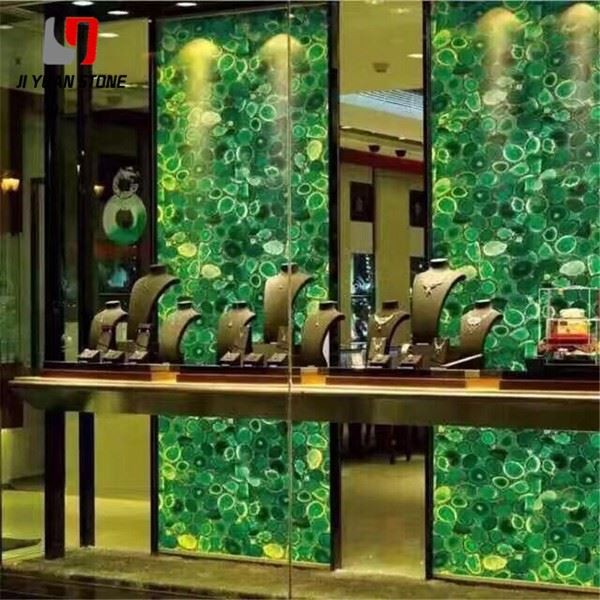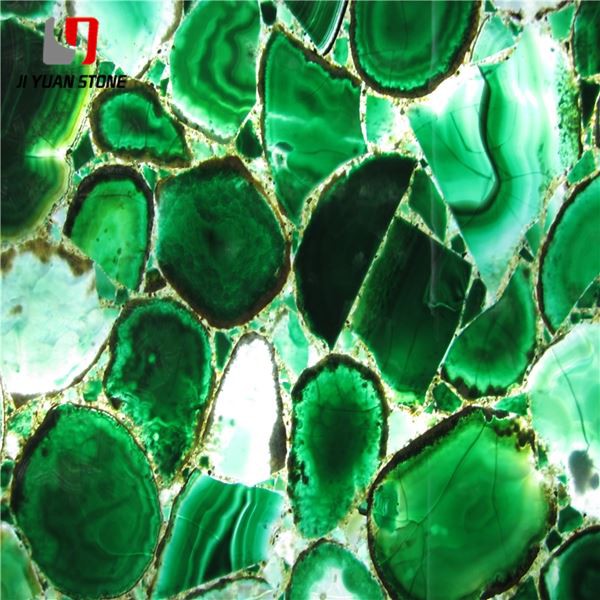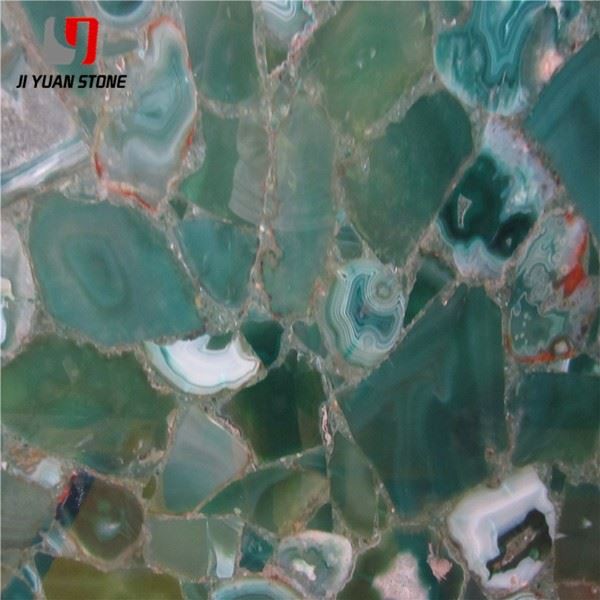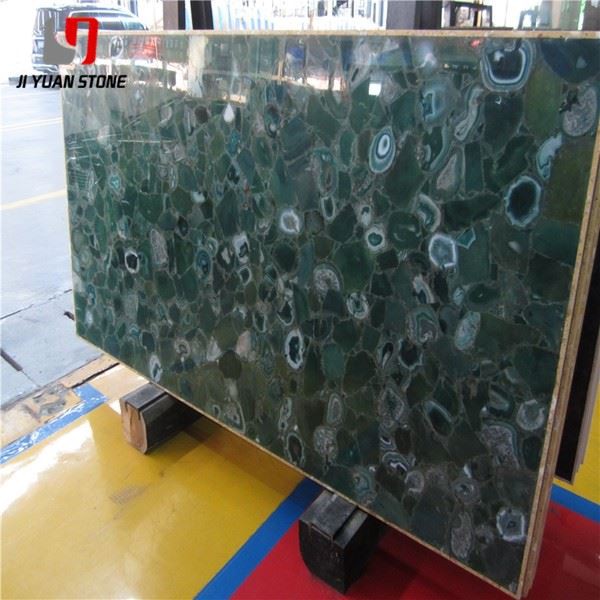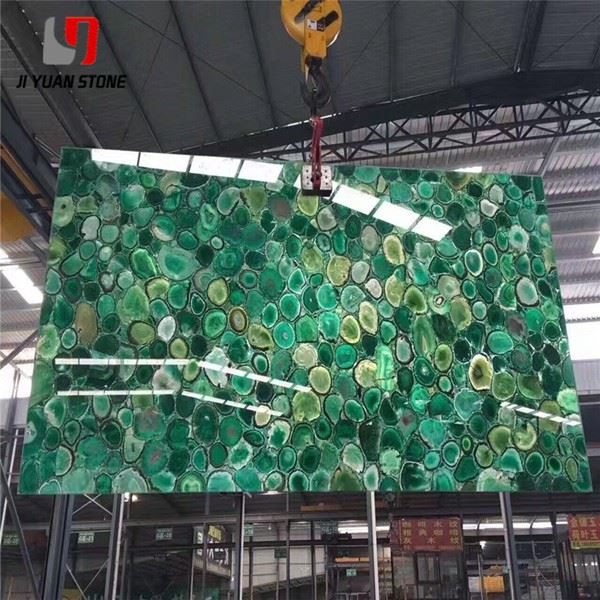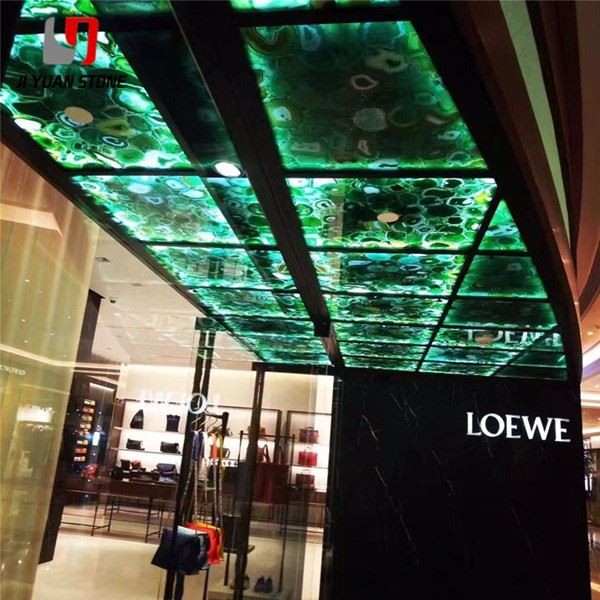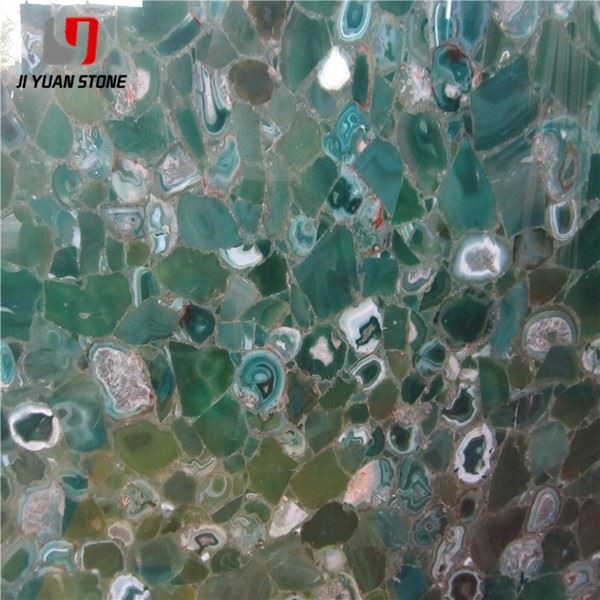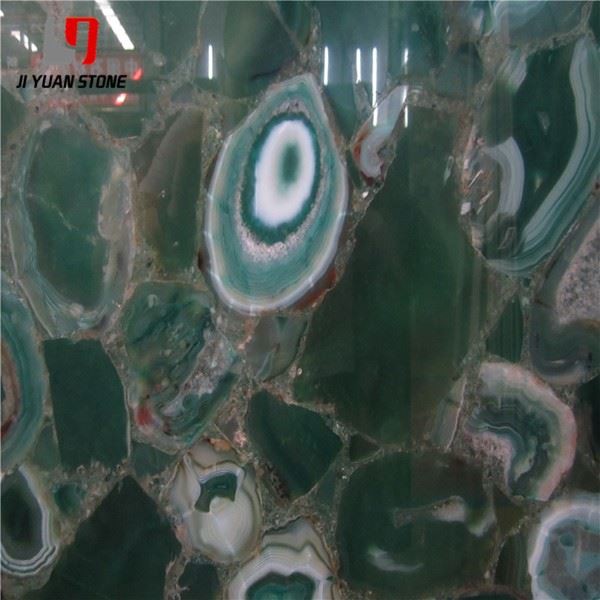Green Agate Tile
Green Agate Tile
Green Agate Tile – Strength, Composition & Artistic Value in Modern Design
Introduce a touch of elegance and luxury to your space with our Green Agate Tile. Made of stunning natural green agate stone, each tile boasts unique patterns and colors, adding a one-of-a-kind element to your interior design. Experience the benefits of durable and beautiful flooring with our Green Agate Tile.
| Feature | Details |
|---|---|
| Product Name | Green Agate Tile |
| Material | 100% Agate Gemstone |
| Surface Finished | Honed,Polished |
| Finished Products | Floor Tiles, Wall Cladding, Countertops, Windowsills, Special-Shaped Tiles, Small Slabs, Swimming Pool, Steps, Wall Panel, Flooring, Veneers, Slabs, Coping Tiles etc. |
| Color | Yellow,Black,White,Red,Purple Wood,Green,Grey,Pink,Rainbow,Pink,Tiger Eye etc |
| Size | Any sizes customized are welcome |
| Edge Available | Polished, Bush Hammer, Flat, Flamed, Eased, Beveled, Bullnose, Ogee, Cove, Dupont, laminated, non-laminated and etc. |
| Thickness | 10/15/18/20/25/30mm etc |
| Usage | Indoor/Outdoor Decoration, For floor or wall, Counter tops, Vanity tops |
| Packing | Seaworthy Wooden Crate |
Green Agate Tile is a luxurious and durable natural stone tile that combines strength, beauty, and versatility. Known for its vibrant green tones and intricate patterns, it is widely used in walls, flooring, countertops, and luxury interior designs. Beyond its visual appeal, Green Agate Tile stands out for its mechanical strength and unique chemical composition, making it both a practical and artistic building material.
1. Understanding the Bending Strength of Green Agate Tile
Bending strength is a crucial property that determines the load-bearing capacity of stone tiles. It refers to the ultimate pressure value a tile can withstand before breaking under a bending load, measured in MPa (Megapascals).
Practical Application:
- Tiles with high bending strength are suitable for structural applications, such as countertops, stair treads, or surfaces exposed to stress.
- Tiles with lower bending strength are best used for decorative wall cladding, backsplashes, or low-impact flooring.
This ensures that Green Agate Tile can be chosen according to project-specific requirements, balancing aesthetics with durability.
2. Chemical Composition of Green Agate Tile
The properties and durability of Green Agate Tile are influenced by its chemical components, each contributing unique characteristics:
- SiO₂ (Silica): Transparent crystal, adds hardness; if >75%, classified as acidic rock.
- Al₂O₃ (Aluminum Oxide): Adds hardness & durability.
- CaO (Calcium Oxide): Common in marble; contributes to structure.
- MgO (Magnesium Oxide): Increases stability of the stone.
- Na₂O (Sodium Oxide): Strongly reactive, affects durability.
- K₂O (Potassium Oxide): Similar to sodium oxide, adds chemical reactivity.
- Fe₂O₃ (Ferric Oxide): Causes red hues in stone.
- FeO (Ferrous Oxide): Adds dark tones.
- MnO (Manganese Oxide): Influences tone and durability.
- TiO₂ (Titanium Dioxide): Enhances brightness & strength.
This unique blend gives Green Agate Tile its distinct beauty, durability, and suitability for luxury applications.
3. The Artistic Value of Green Agate Tile
Beyond technical qualities, Green Agate Tile is celebrated for its artistic inclusiveness and design potential.
- Great Plasticity: Can be shaped and applied in various styles.
- Rich Variations: Thousands of natural textures create unique artistic patterns.
- Secondary Creations: With modern stone treatment techniques, natural patterns can be enhanced, resulting in harmonious, layered, and luxurious decorative effects.
Its versatility makes it suitable for feature walls, luxury floors, bathroom vanities, and high-end architectural details, blending durability with unmatched beauty.
🌟 Conclusion
Green Agate Tile is more than a building material—it is a fusion of strength, natural chemistry, and artistry. With its high bending strength, complex chemical composition, and endless design possibilities, it has become a preferred choice for luxury interiors and architectural projects. Whether applied to countertops, walls, or flooring, Green Agate Tile delivers both practical durability and timeless beauty.
Share
